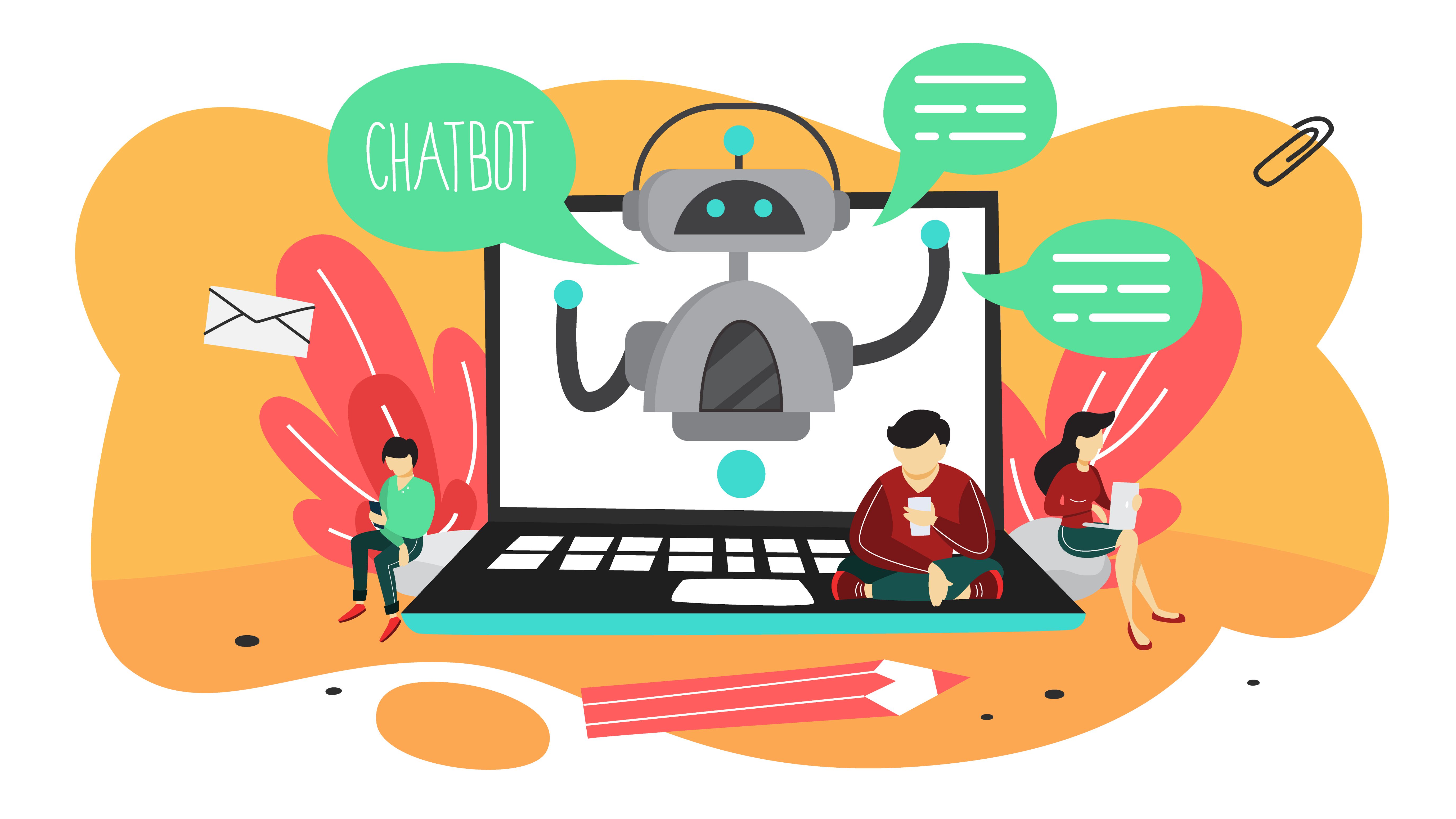“Alexa, show me movie showtimes. Alexa, show me funny videos on YouTube.”
The AI assistants have already conquered our homes, the beach trips, and even your ride back home. In the workplace, the assistants are helping to fill the gaps that have continuously affected customer service.
A lot of businesses have already strengthened their customer service with the help of chatbots and virtual assistants. As the advancements in artificial intelligence continue to grow, business integrations with AI assistants are becoming more and more refined.
Customer service is an integral part of all businesses. Companies are already providing faster and better responses to customer queries by automating different customer service activities.
Customer expectations are rising higher than ever, and businesses are looking for advanced technological capabilities to bridge the customer experience gap.
According to Gartner, 25% of customer service operations will use virtual customer assistants by 2020. From automated emails to visual search, AI is allowing the companies to support their customer’s needs better at more touchpoints along their journey.
AI-powered chatbots and virtual assistants are becoming widely available and let companies accomplish what once was considered impossible.

Let’s see how AI assistants are closing the gaps in customer service –
1. Help Agents Communicate Effectively With The Customers
Sometimes the customers are not sure of the details they should share about their problem. Thus, it is the responsibility of the support agents to understand the issues faced by the customers while communicating their problems.
But asking the customers the right questions, noticing their behavior patterns and reactions every time can be too daunting for the customer support agents.
To address this communication gap and ensure that no critical customer detail is missed, AI assistants are used to converting natural language into machine language through Natural Language Processing (NLP).
Natural language processing is a subset of artificial intelligence that deals with the interaction between humans and computers using the natural language.
Most of the NLP techniques rely on machine learning to derive meanings from human language. Syntactic analysis and semantic analysis are used to complete the Natural Language Processing tasks. This way, agents can learn more about the customer’s behavior.
Syntactic Analysis – It is a phase of Natural Language Processing (NLP) that checks the meaningfulness of text comparing to the rules of formal grammar. Also called parsing, it is the process of analyzing the strings of symbols in natural language that conform to the standards of grammar.
Semantic Analysis – It is the process of understanding the natural language, the way humans communicate, their meaning, and context. It processes the logical structure of sentences to identify the most relevant elements in the text and understand the topic discussed.
2. Fill Knowledge Gaps By Making Support Agents More Knowledgeable
The support agents are loaded with the responsibility of providing assistance and expertise for their ever-changing products. Sometimes it can be really tricky to keep up with the latest product updates.
These knowledge gaps can be filled with the help of automated virtual customer assistants (VCA). The virtual customer assistant works alongside the support team by using machine learning and answers the customers’ questions.
It works on the concept of a “support ticket,” and by using machine learning algorithms, it receives all information related to the customer’s inquiry. It suggests articles to the customers to resolve their issues and also works across a variety of channels to get the job done.
3. Leverage Real-Time Insights
As the advancements in AI are increasing, the machines are getting better at the interpretation of unstructured data from both text and voice conversations. AI has helped businesses to solve customer issues by efficiently interpreting data.
This amalgamation of artificial intelligence with data has enabled the companies to listen to their customers on a whole new level, know what they want, and engage with them in a better way.
For example, AI-driven voice biometrics help to provide a safe, secure, and faster service within the call centers.
It allows the agents to identify the callers based on their voiceprint and make smarter decisions by having access to real-time and insight based directions.
4. Ensure That Agents Are Well Equipped For Meeting Their Customer Expectations
The customer gap is the difference between customer expectations and customer perceptions. Customer’s interactions with a brand account for expectations that customers tend to have with the products and services.
Customers expect the call center agents to be supportive and deliver a clearly communicated solution to their problems. The CSAT (customer satisfaction theory) defines how satisfied customers are with organizations’ products/services.
Artificial intelligence has helped support agents analyze if the customer expectations are met or not. AI-powered machine learning can predict if a customer is left satisfied for that particular ticket. Satisfaction prediction follows three main metrics of a ticket to tell if a customer will be content with the support services.
These metrics are –
• Time Metrics – For how long a customer has to wait for a reply after raising a support ticket and for how long has the ticket been open.
• Ticket Text – It determines if there have been similar prior communications and if the customer was satisfied with the results.
• Effort Metrics – It is a measure of efforts been put into a ticket that includes details like the number of times the ticket has been reopened, the time between replies, etc.
5. Detect Urgency And Prioritize Customer Service Issues
According to Salesforce, 76% of customers expect companies to understand their needs and expectations. While humans can’t work 24/7, AI-assisted machines can solve this problem and work around the clock to deliver timely responses.
Detection of urgent issues is critical to provide efficient customer support. Thus, using AI tools like the urgency detector model and sentiment analysis, businesses can detect and configure urgent matters.
The urgency detector model is a pre-trained model that detects urgency for support tickets as wells as inbound texts (such as tweets and emails).
Sentiment analysis is the interpretation and classification of emotions (positive, negative, and neutral) within text data using techniques of text analysis.
Case Study
A real-world example can be that of healthcare industries that use virtual AI assistants to meet the expectations of the customers. Healthcare is a vast sector that employs AI assistants. Today, the workers in the healthcare industry are strained because the demands of chronically ill patients are growing.
Thus, healthcare systems continuously face the challenge of improving patient outcomes while keeping the costs low. AI and voice-powered virtual nurse assistance Care Angel aims to deliver better patient care.
The Care Angel’s AI assistant can expand patient care 24 times through health monitoring, ongoing chronic care management, assessments, and screenings. This allows more patients to receive medical help and lessens the burden on medical workers.

Case Study Takeaways:
• AI assistants offer hands-free documentation capabilities for practitioners.
• Voice powered devices allow doctors to make notes of the patient’s health and treatment.
• Digital consultant apps help caregivers to streamline the consultation based on the patient’s medical history.
What Is The Secret Of Top Performing Companies?
82% of top-performing businesses say they prioritize human experience above all else.
Thus, artificial intelligence has been making leaps and bounds in customer service. With increasing customer expectations, businesses are looking for advanced technological capabilities that can bridge the “customer expectation gap.”
In today’s times, while most of the businesses have already equipped their customer service teams with artificial intelligence tools, some are on the verge of deploying the same. AI is improving the customer experience and unleashing disruption across various aspects of CX.



